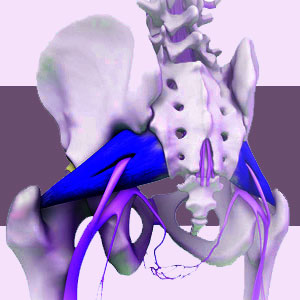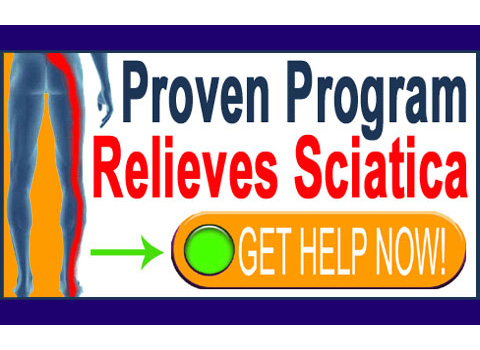
What is the best piriformis prescription for pain? What approach to care will provide the best outcome with the fewest risks? If you have been diagnosed with piriformis pain of any type, these should be the questions at the forefront of your mind.
There are many possible approaches to treating piriformis symptoms. Which is best? It can be a confusing decision, especially when each care provider will have their own opinion (which NOT coincidentally almost always aligns with the type of treatment they HAPPEN to offer!)
Are you looking for objective guidance on the best prescription for piriformis pain? You found it! This post will set you on the right track when it comes to finding relief.
Conservative Piriformis Prescription
The majority of treatment options for piriformis pain are noninvasive. Unfortunately, this also makes them largely symptomatic in nature, although for some diagnoses, conservative treatment can be partially curative. Conservative care prescriptions largely depend on what type of caregiver is consulted:
Physical therapy is the gold standard for most diagnoses and will be prescribed by virtually all traditional physicians.
Chiropractic manipulation and or massage is traditionally recommended by chiropractors and/or massage therapists (financially logical!).
Exercise therapy might be recommended by all manner of care providers, but is usually supplemental to ways that generate money.
Invasive Piriformis Pain Care
Invasive care methods are usually reserved until more conservative approaches have proven to be worthless. The exceptions to this rule might include cases where the muscle or attachments have been obviously traumatized and surgery might be the best modality of care. Another exception may include cases where MRI has revealed a constricted sciatic nerve by the piriformis muscle and symptoms correlate to the diagnosis.
Moderately invasive care will consist of injection therapies that are often employed between traditional conservative therapy and surgical care. Physicians will likely recommend nerve blocks, steroids and other pharmaceutical injections, while chiropractors and alternative care providers may prescribe prolotherapy for all-natural treatment via injection.
For stubborn pain problems with a verified (accurate or not is the question…) structural reason for pain, actual surgery might be employed and can consist of various approaches to relieving pressure on the sciatic nerve or repairing damage to the piriformis muscle itself.
Optimal Piriformis Prescription
Piriformis syndrome remains a very controversial diagnosis. This is not because it is a fake disorder. It does actually exist. However, it is diagnosed far more often than it actually occurs. Misdiagnosis is a terrible problem with symptoms in these areas of the body, with possible theories ranging from spinal issues creating sciatica to muscular issues creating pseudo-sciatica to hip joint issues and sacroiliac issues and more. However, in our extensive experience, all of these structural diagnoses are usually incorrect.
We find the most common true cause of chronic piriformis symptomology to be the direct result of regional ischemia of the sciatic nerve and surrounding muscular tissues. This condition is insidious and leaves little evidence of its mechanism, making it difficult for clinicians to diagnose, unless they are specialists in mindbody medicine. Worse still, there is no traditional therapy that will address the causative issue, since it is not any anatomical abnormality that can be “fixed”.
In these incredibly common cases, we recommend knowledge therapy as the best prescription for oxygen deprivation pain syndromes. We fully know the diagnosis of ischemia to be accurate since the treatment works so well to cure the pain. If the structural diagnoses were right, then knowledge therapy would be worthless… But, considering the cure rate is the best of ALL therapies, we really do not have to over-talk the point. The statistics speak volumes for themselves.
Piriformis Pain > Piriformis Relief > Piriformis Prescription





